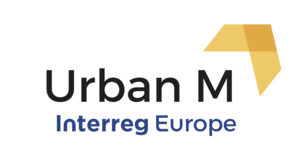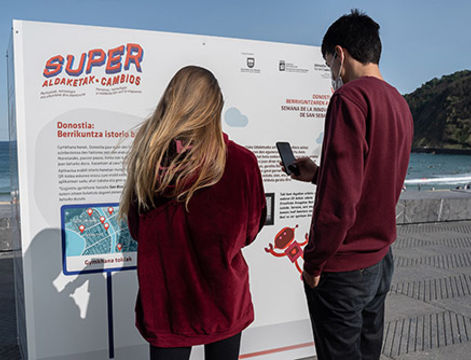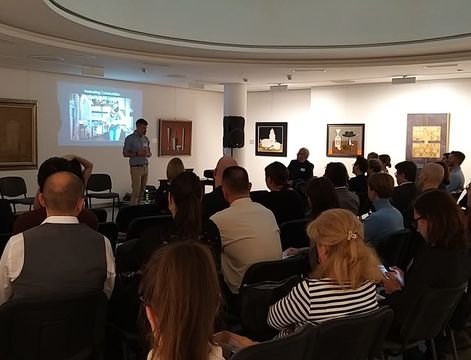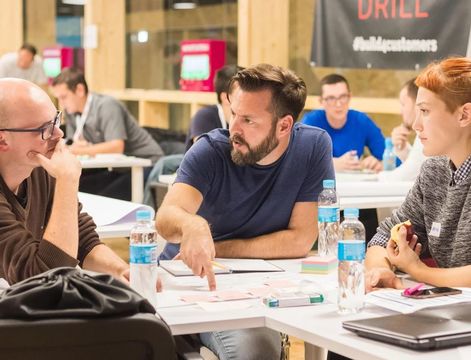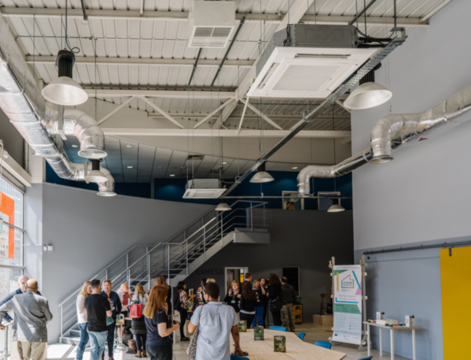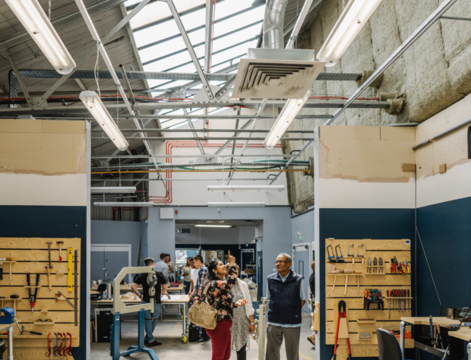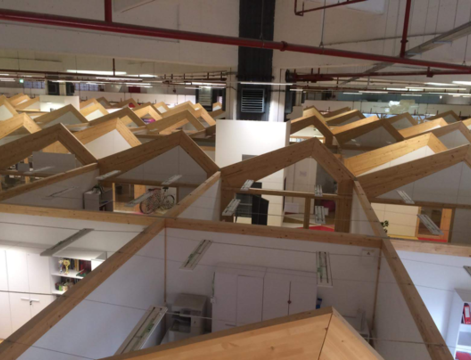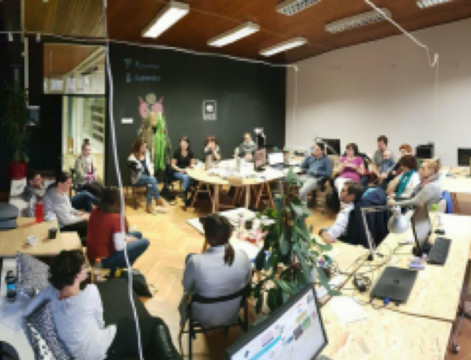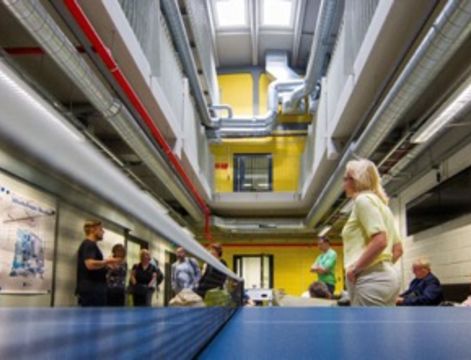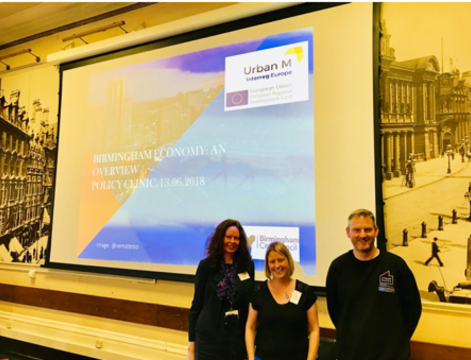Author: Heather Law, Birmingham City Council.
It is not only the destination that is important but the journey .
In the midst of the relentless momentum of the project lifecycle, the peer review experience has offered a wonderful opportunity to pause and reflect upon the policy challenge that we have set ourselves in Birmingham to consider:
How Birmingham’s Collaborative Maker Space (CMS) infrastructure can encourage its SMEs to become more innovation active with a particular emphasis on prototyping.
The evidence for why this is important couldn’t be clearer. The EU’s Regional Innovation Scoreboard notes that the West Midlands is the joint lowest performing region in the UK, along with the North East. In addition, the region’s Science & Innovation Audit identifies that 44% of West Midlands firms are identified as not being innovative. If Greater Birmingham were to close its productivity gap through innovation, there is potential to grow the economy by over £4billion.
But how do you identify a good policy environment and pinpoint the necessary steps to bring about the changes you want to make? The project has provided ample opportunity over the course of two years to expose Birmingham stakeholders to a whole host of collaborative maker spaces, fab labs and incubators in a variety of European cities. Stakeholders have also participated in policy meetings to gain further insight into collaborative incubation (for example where Science, Technology, Engineering and Maths experts work with Arts experts to invent new products), investment in collaborative research and development and the commercialisation of collaborative innovation (getting products to market). Ideas and inspiration have not been in short supply. But how to take that learning and make it work for Brum?
The opportunity for some constructive reflection has been built into the project in the form of the peer review. Having been the recipient of one and contributor to two, I can thoroughly recommend the process. The Birmingham City University (BCU) Team applied a design-led thinking approach to the Birmingham challenge over the one-day peer review (split over two days). Lisbon was selected as Birmingham’s mentor as their strengths mirrored the challenges we have as a city, not least because of their well-connected eco-system and successful fab lab.
By employing a design-led thinking approach, the peer review process helped Team Birmingham identify what steps were required to boost the city’s innovation capacity. In basic terms, design-led thinking helps you to break down and understand an issue and then develop creative ideas to find a solution.
There were three participants in the process: the facilitator (BCU), the peer reviewee (Birmingham City Council) and the peer reviewer (Lisbon City Council)
What sounds like a rather convoluted process is in reality, rather simple, consisting of four elements:
1. Challenge definition: (exploration of the issue). This is where the reviewee sets out the context of the challenge, unpicking its various facets.
2. Ideas generation: where the facilitator helps the city to prioritise its top 3 challenges from the 8-10 challenges that were identified during the challenge definition phase and the host city comments on this process
3. Prototyping: where the reviewee is asked to identify the activities which address the challenge. This may include identifying potential project ideas, governance changes or strategy changes. This is further broken down into questions addressing:
- What the policy looks like from a typical user’s perspective
- How/where do they interact and engage?
- What is the effect on the use?
4. Testing: where the reviewee is asked to consider practical questions such as:
- Who writes the policy?
- How is it approved/
- What are the timescales?
- Which committees /budgets are involved?
So, what did we come up with? What were the results of this process?
Read part two to continue...
